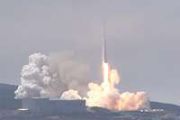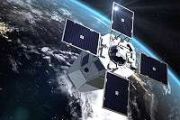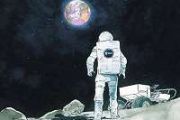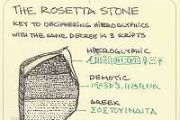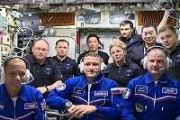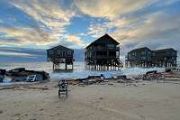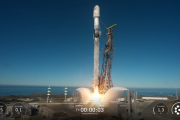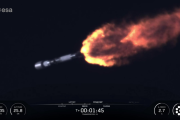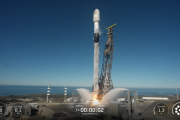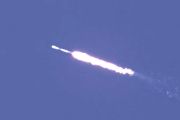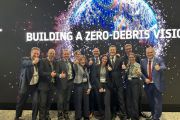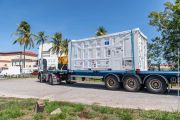
Copernical Team
E.T.s may be headed toward Earth, but are we ready for them?

Twenty years from now we might get a call from aliens. In 2017, a powerful radio transmission was aimed at exoplanet GJ 273b, thought to be able to support life. Its message, sent by the alien-hunting group Messaging Extraterrestrial Intelligence International, contained instructions on how to understand Earthling math, music and time. If it lands on intelligent alien ears once it arrives in about a decade, E.T.
Europa Clipper imaging system captures breathtaking 'first light' images

ASU scientists and engineers building the Europa Thermal Emission Imaging System (E-THEMIS) for NASA's Europa Clipper passed a major hurdle recently by capturing the first successful test images from this complex infrared camera, known as "first light" images.
Simulated image shows how NASA's Roman could expand on Hubble's deepest view
,

How the Webb telescope could ultimately help protect Earth

The James Webb Space Telescope, the most complex and expensive space laboratory ever created, is less than two weeks away from its ultimate destination a million miles from Earth. Once it arrives, it will send information about parts of space and time never seen before. It will also send previously unattainable information about parts of our own solar system.
UC Riverside astrophysicist Stephen Kane's group will be using the telescope to look for planets like Venus in other parts of the galaxy. In addition to work with the Webb mission, Kane is also joining NASA on missions to Venus expected to launch after 2028. Here, he breaks down some unique aspects of the Webb, explains how the separate Venus projects intersect, and how both might benefit Earth.
Q: The Webb telescope cost $10 billion. What contributed to the cost, and what makes it different from other telescopes?
A: Webb is often described as a successor to NASA's Hubble Space Telescope, which is remarkably still going strong.
James Webb Space Telescope more than three quarters through its journey

More than two weeks after the James Webb Space Telescope's launch on Christmas Day, the telescope has traveled more than 700,000 miles from Earth. JWST has successfully deployed its secondary mirror, a key element of the telescope's optics. Next, JWST will unfold its primary mirror segments.
U-M astronomer Michael Meyer says that observing the telescope's transformation has been fascinating.
"In the last week, the team has learned a great deal about the spacecraft that they couldn't have uncovered during testing on the ground. As a result, the tensioning of the sunshield was delayed in order to examine the power subsystems and motors in more detail. Anticipating such occurrences, a flexible plan was developed in order to adapt as things proceed. And that strategy seems to be paying off.
"So far, the deployment of JWST has been a spectacular success. There have been a few nerve-wracking moments, but the daily reports have been welcome good news in these uncertain times. A dedicated team of engineers is going through the to-do list, item by item: There is still a ways to go, but so far, so great.
The Incredible ASIM: Distant galaxy edition
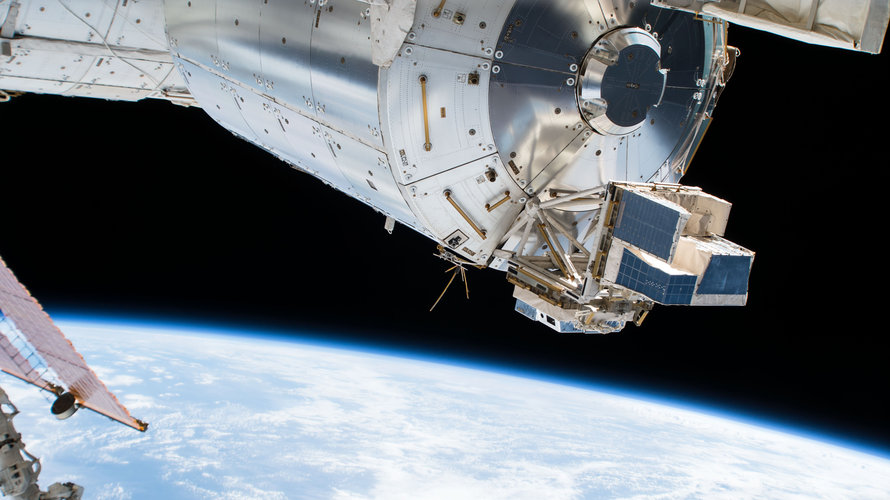
The Atmosphere–Space Interactions Monitor, or ASIM for short, is a first-of-its-kind complement of instruments on the International Space Station. Dubbed the ‘space storm hunter’, ASIM measures electric events in Earth’s upper atmosphere with cameras, photometers and X- and gamma-ray detectors.
Ride into space on Vega-C secured for FLEX and Altius
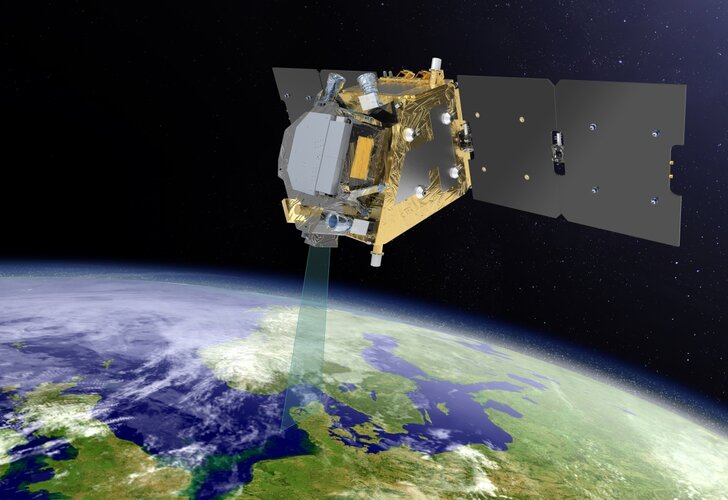
A contract signed with Arianespace secures the joint launch for two satellites that will further knowledge of our home planet. Scheduled to lift off on a new class of rocket, ESA’s Vega-C, from Europe’s Spaceport in mid-2025, FLEX will yield new information about the health of the world’s plants and Altius will deliver profiles of ozone and other trace gases in the upper atmosphere to support services such as weather forecasting.
Preview 2022
 Video:
00:06:30
Video:
00:06:30
As always, a new year brings new and exciting missions and launches for ESA. In science the world looks forward to the first image releases of the recently launched James Webb Space Telescope and the third data release for Gaia, both teaching us more about our galaxy and Universe. ESA’s new Mars rover will be launched with the ExoMars mission, and we will also see the maiden flight of Vega-C and the Artemis I flight. Astronaut Samantha Cristoforetti will return to the ISS for her second mission and a new class of astronauts will be presented to the world. After the groundwork has been
Live demonstration for cyber resilience
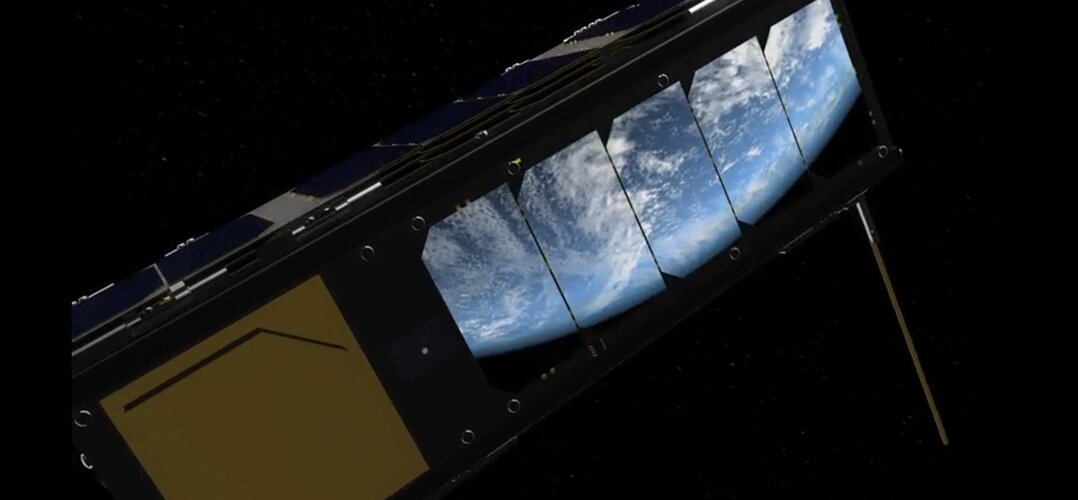
Modern society is growing ever-more reliant on services and data delivered via space. Cyber threats and disruptions to satellites are increasingly dangerous to citizens and economies, and it is vital to protect them and the crucial work they do. This is why ESA is supporting Swiss-based security firm Cysec in organising Europe’s first live cybersecurity demonstration for space systems. The demonstration will highlight the challenges in making space systems cybersecurity resilient vs modern hacking techniques and capabilities.
Earth's first giant
 The two-meter skull of a newly discovered species of giant ichthyosaur, the earliest known, is shedding new light on the marine reptiles' rapid growth into behemoths of the Dinosaurian oceans, and helping us better understand the journey of modern cetaceans (whales and dolphins) to becoming the largest animals to ever inhabit the Earth.
While dinosaurs ruled the land, ichthyosaurs and othe
The two-meter skull of a newly discovered species of giant ichthyosaur, the earliest known, is shedding new light on the marine reptiles' rapid growth into behemoths of the Dinosaurian oceans, and helping us better understand the journey of modern cetaceans (whales and dolphins) to becoming the largest animals to ever inhabit the Earth.
While dinosaurs ruled the land, ichthyosaurs and othe 

